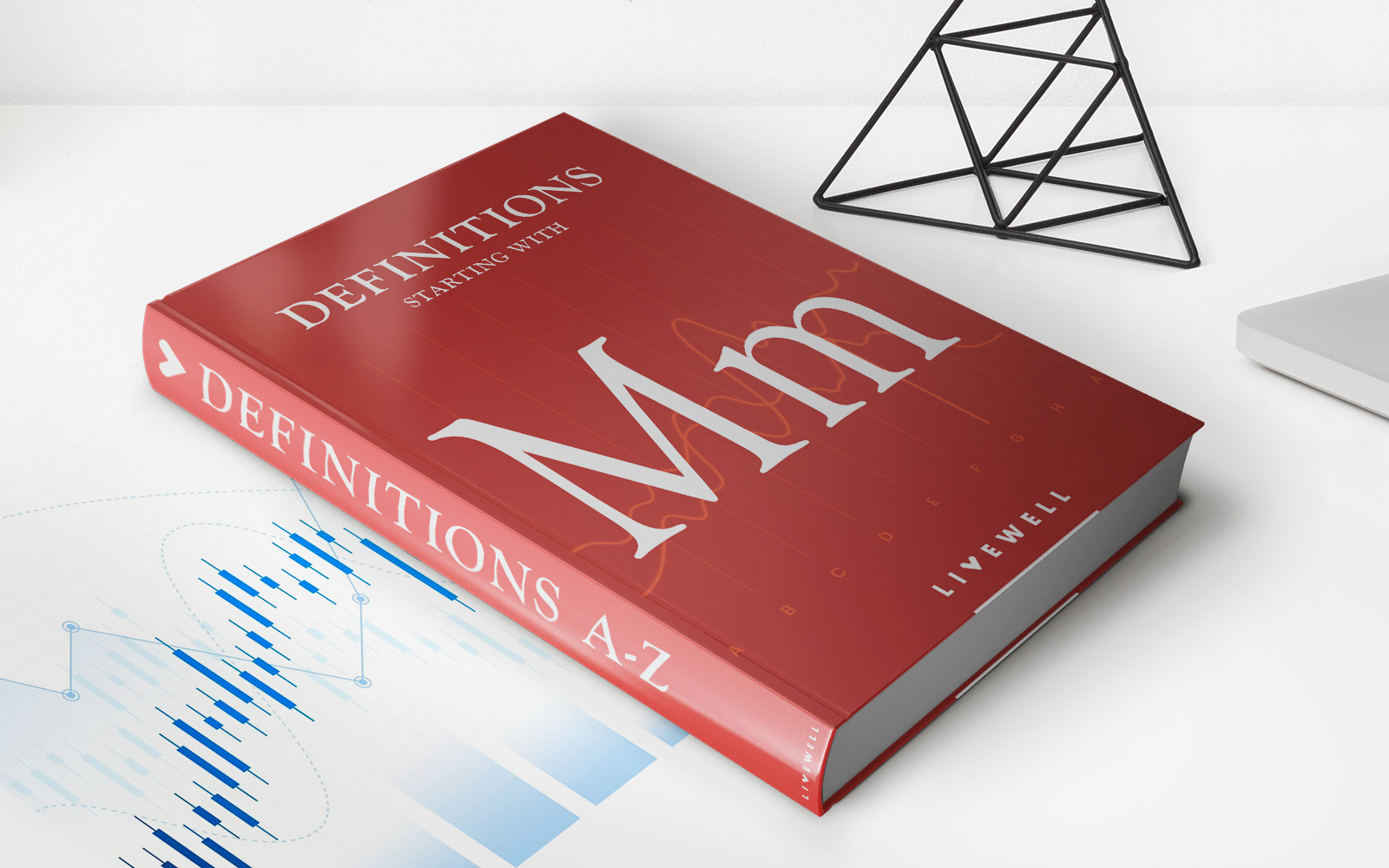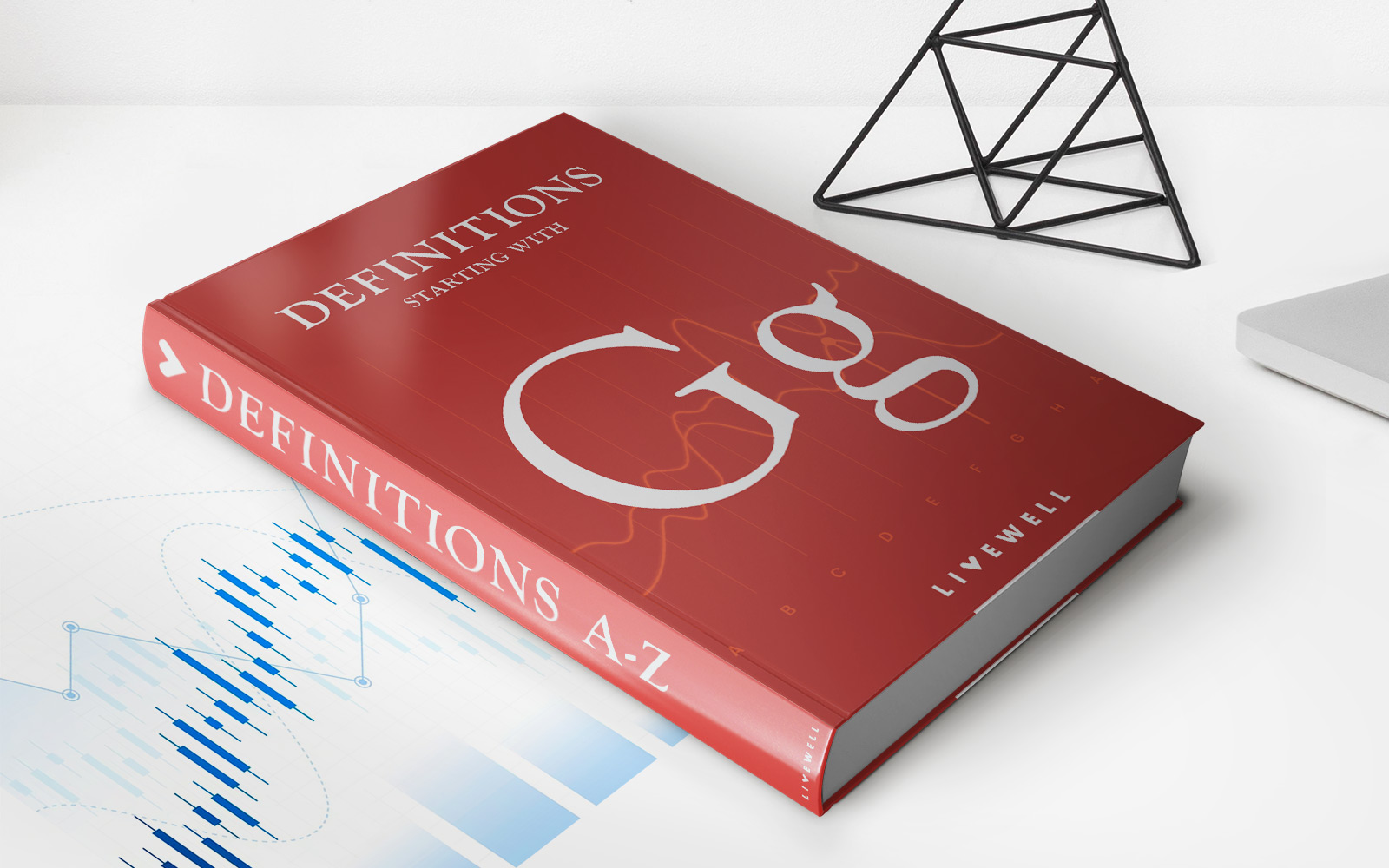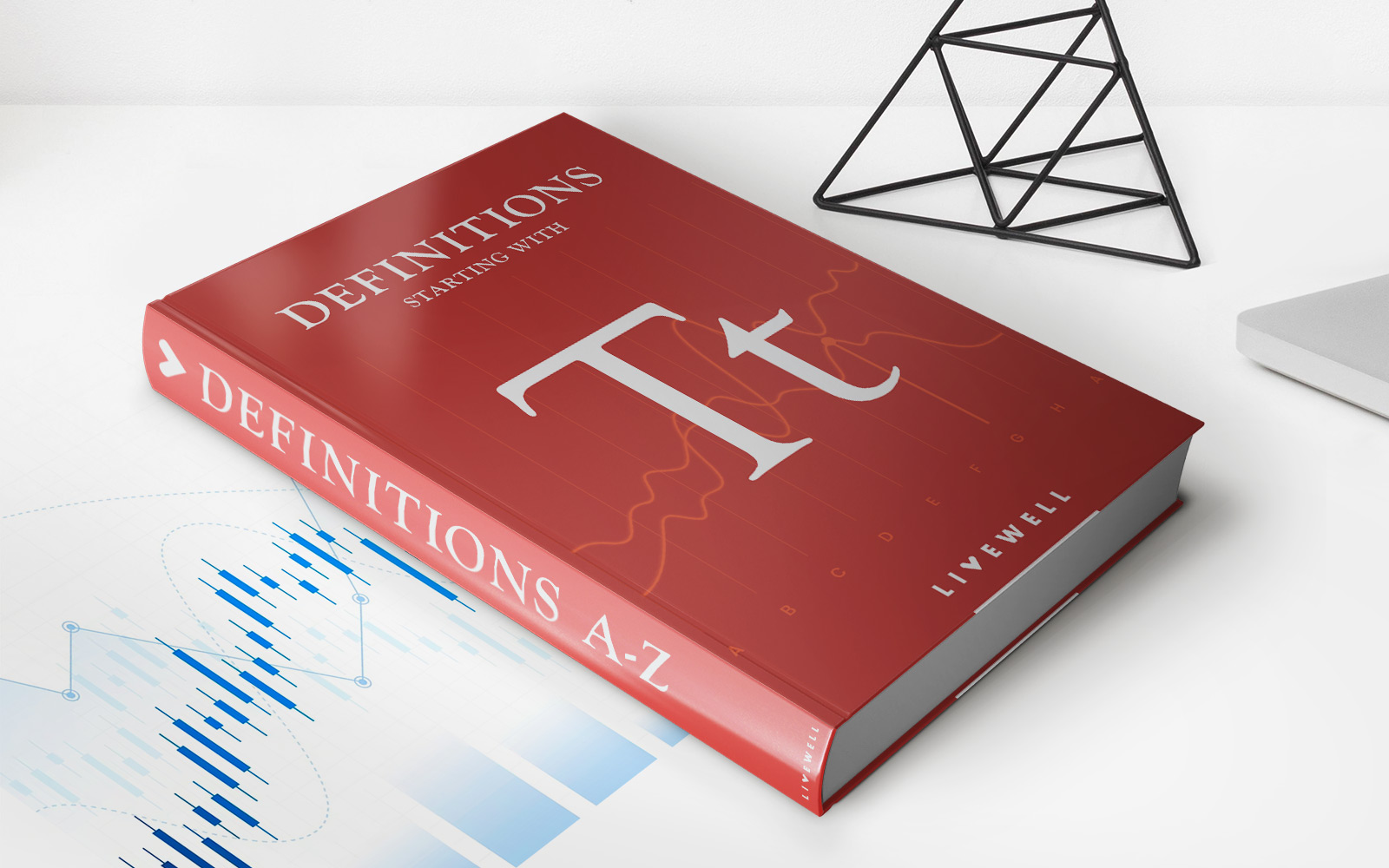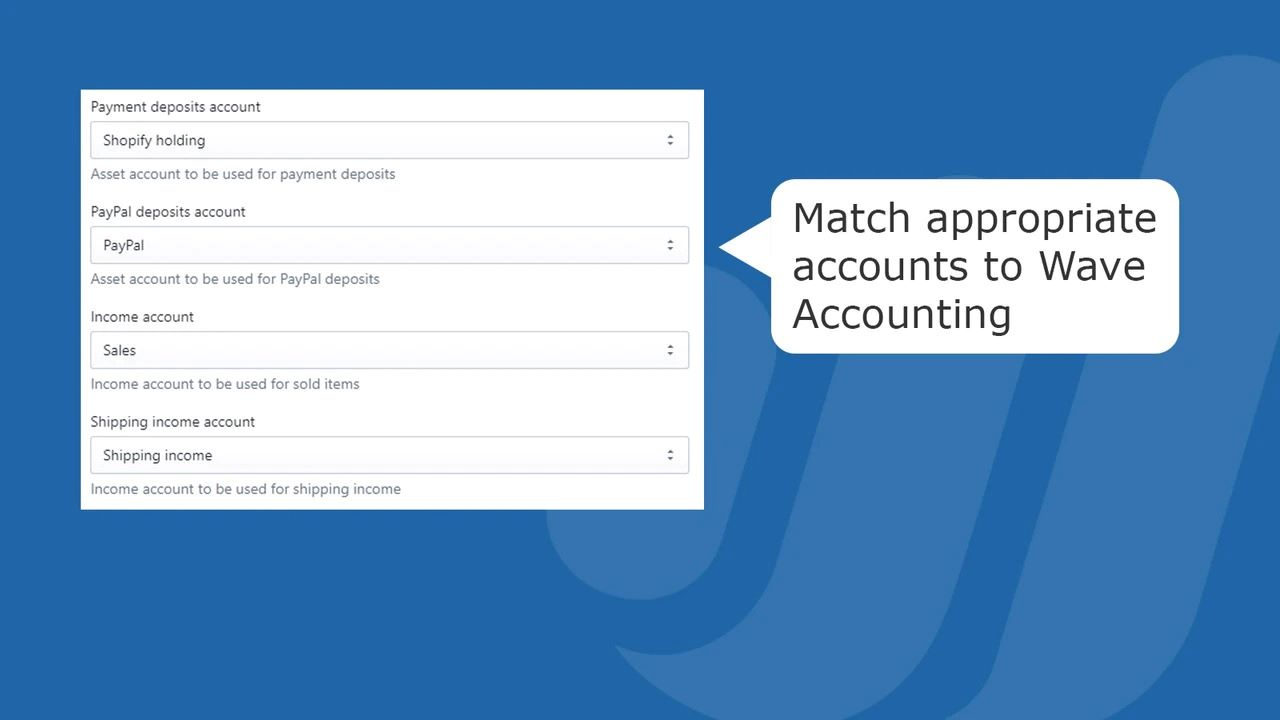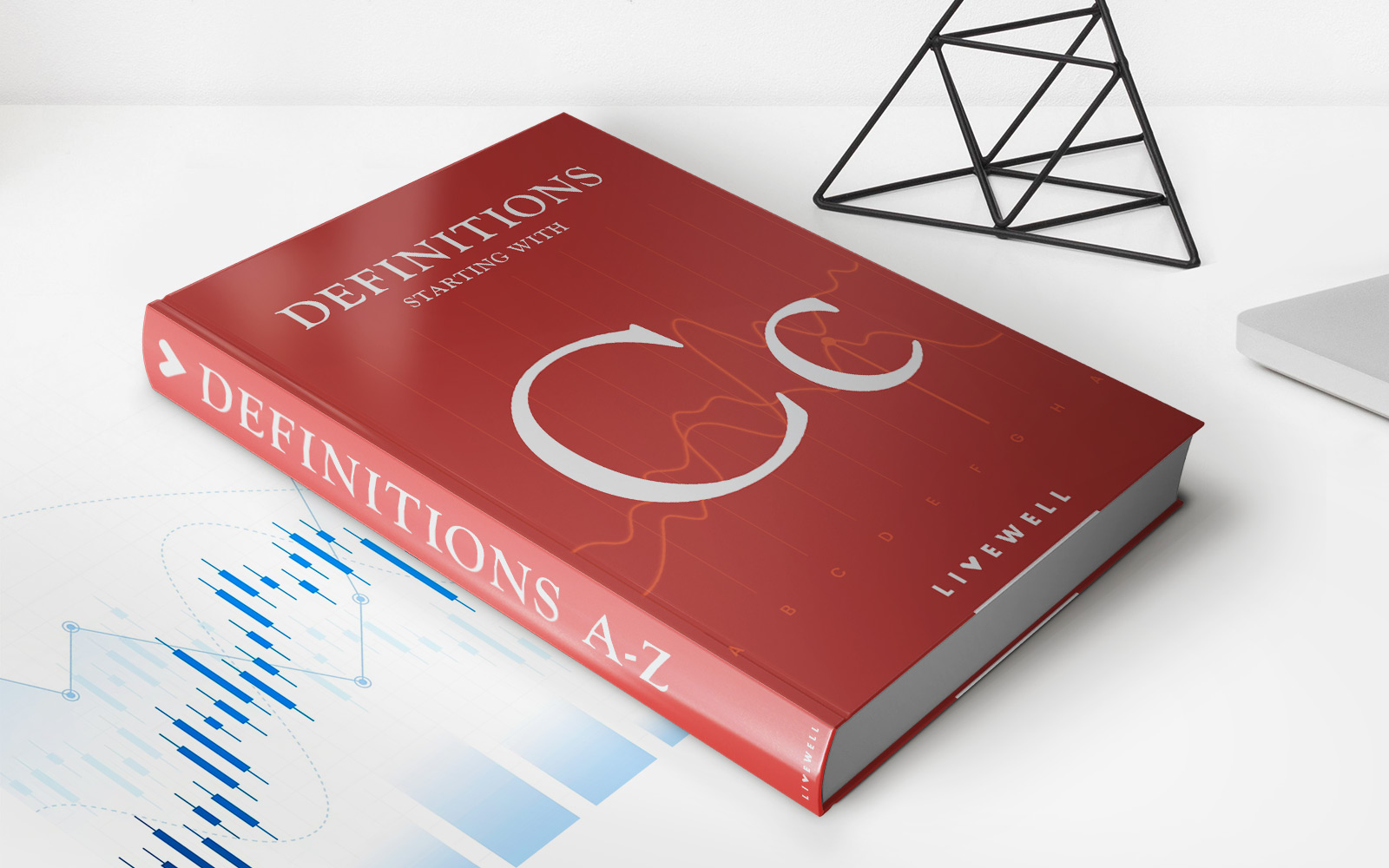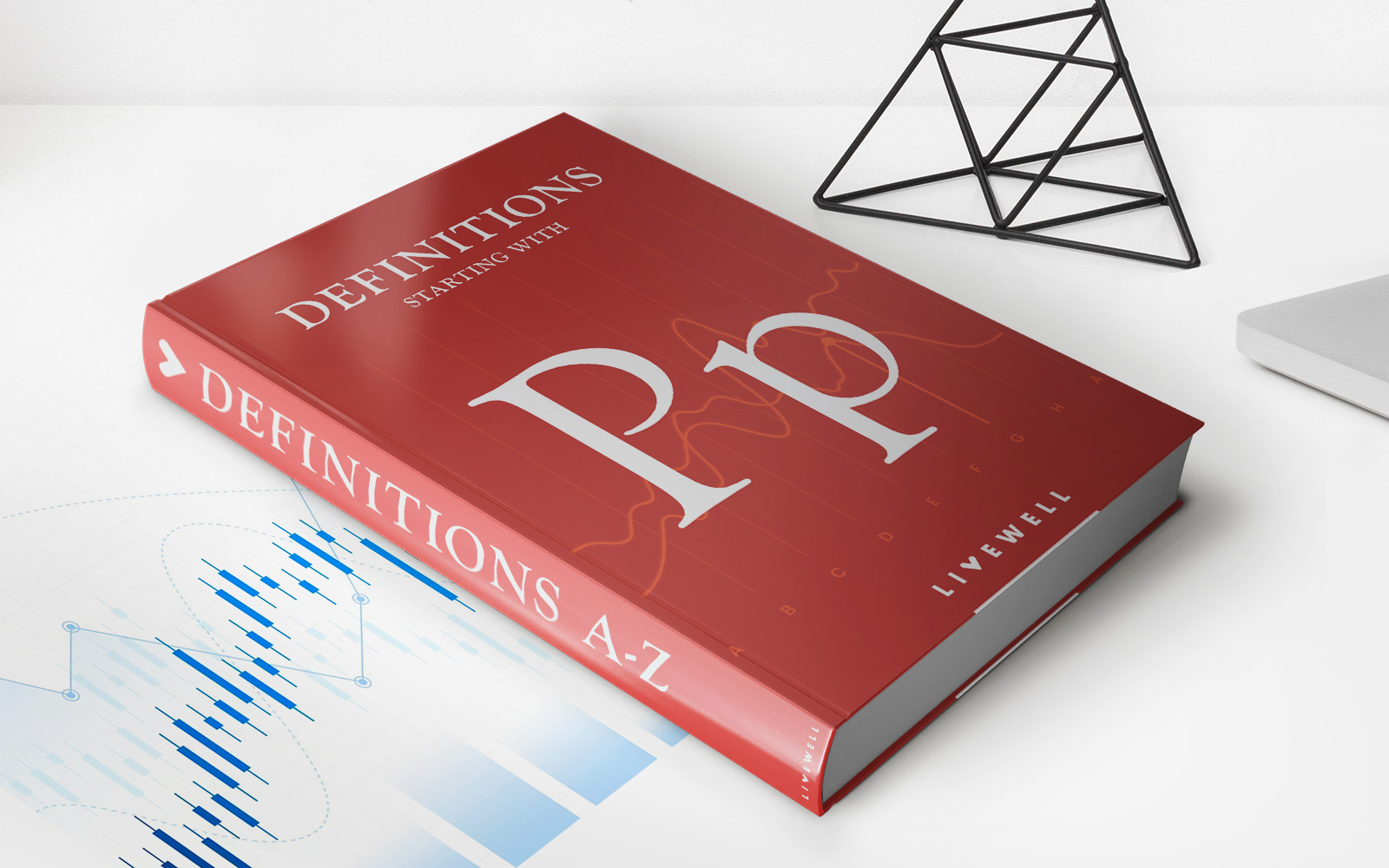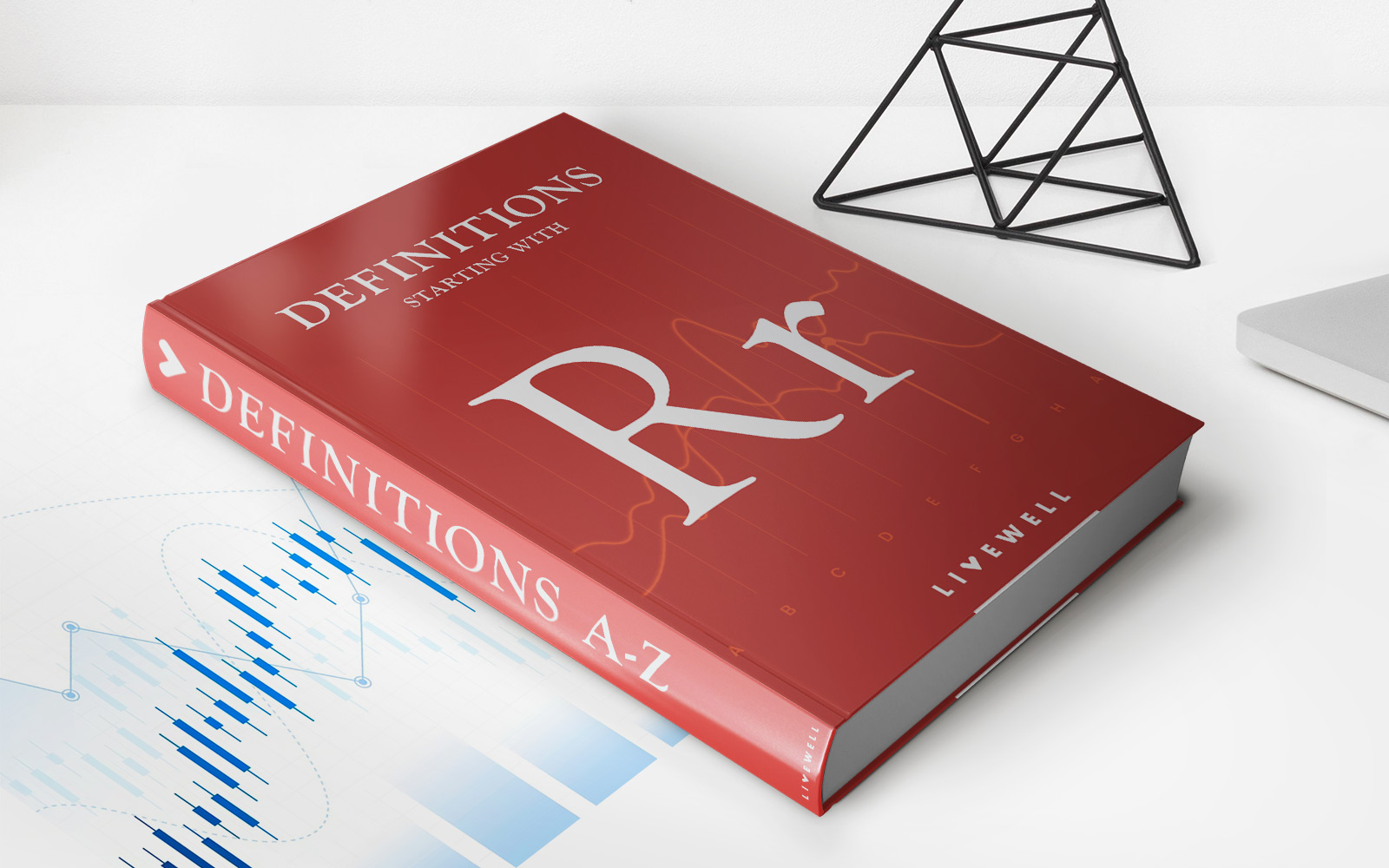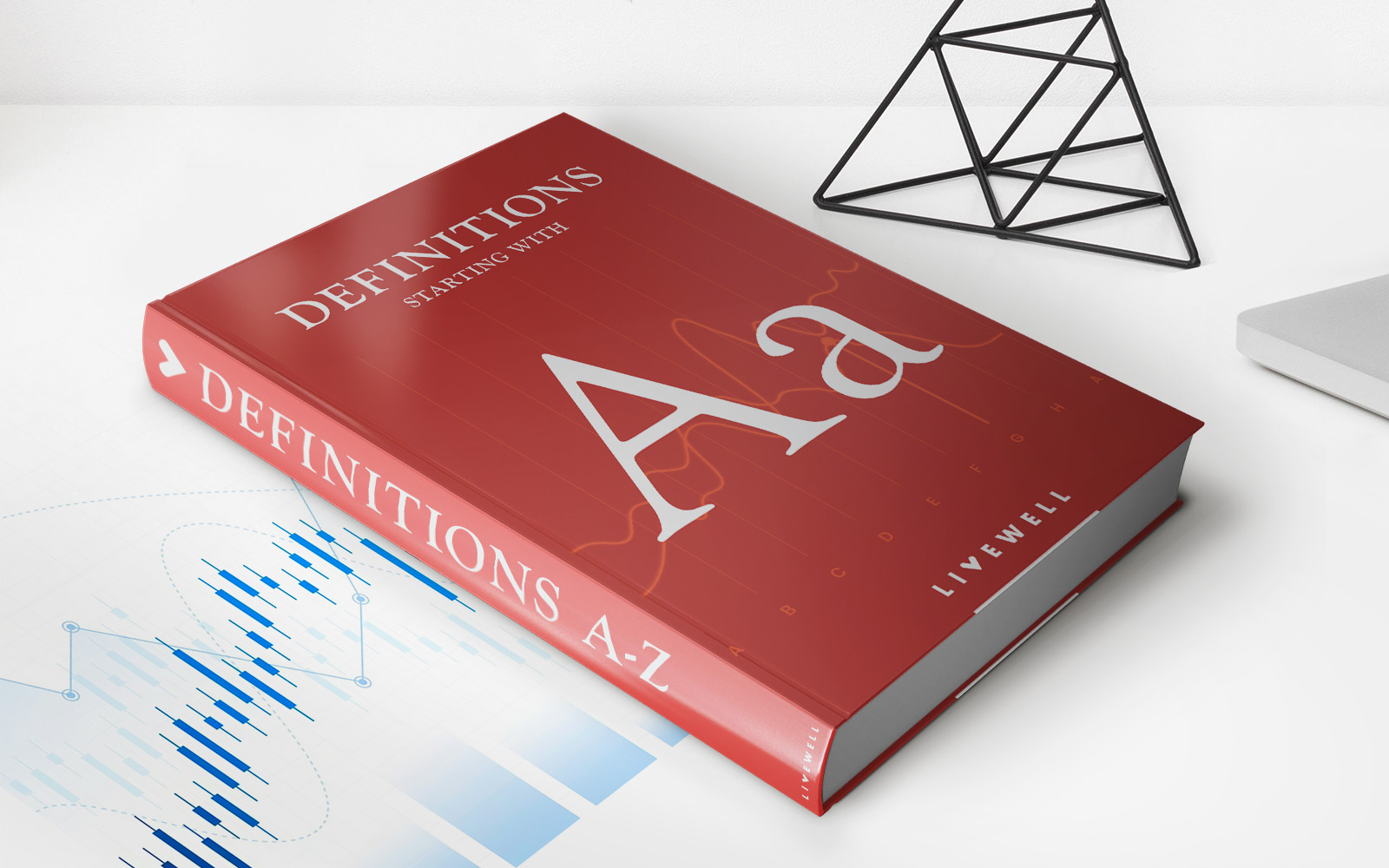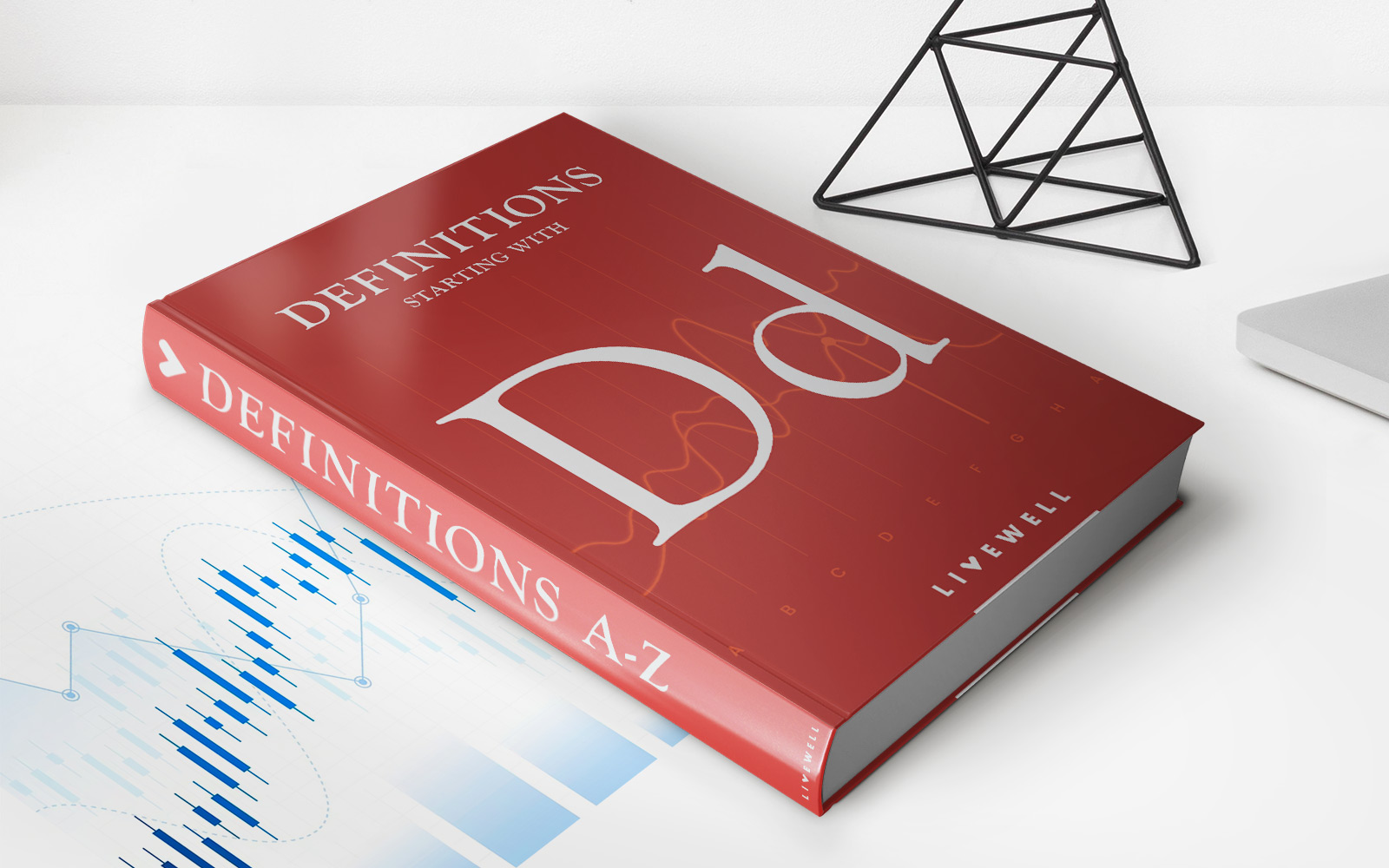Home>Finance>Impulse Wave Pattern: Definition, Theory, And Rules


Finance
Impulse Wave Pattern: Definition, Theory, And Rules
Published: December 7, 2023
Learn the definition, theory, and rules of the finance-focused Impulse Wave Pattern, a key concept in finance for analyzing market trends and making strategic investment decisions.
(Many of the links in this article redirect to a specific reviewed product. Your purchase of these products through affiliate links helps to generate commission for LiveWell, at no extra cost. Learn more)
Impulse Wave Pattern: Definition, Theory, and Rules
Are you interested in learning more about the intricate world of finance? Look no further than our Finance category, where we delve into topics that can help you navigate the world of money and investments. In this blog post, we will take a closer look at the impulse wave pattern, its definition, theory, and the rules that govern it. By understanding this pattern, you can gain valuable insights into market trends and potentially make informed investment decisions. So, let’s dive in!
Key Takeaways:
- The impulse wave pattern is a common occurrence in financial markets and is a concept studied by technical analysts.
- It consists of a series of five waves that represent the cyclical movement of prices in an uptrend or downtrend.
So, what exactly is the impulse wave pattern? In simple terms, it is a concept used by technical analysts to study the cyclical movement of prices in financial markets. This pattern is known for its repetitive nature and can be observed in both uptrends and downtrends. By analyzing and recognizing these wave patterns, traders can gain insights into the potential direction of the market.
To identify an impulse wave pattern, we need to understand its basic theory. According to Elliott Wave Theory, developed by Ralph Nelson Elliott in the 1930s, markets move in waves that can be divided into two categories: impulse waves and corrective waves. Impulse waves are defined by the strong directional movement of prices, while corrective waves represent the temporary counter-trend movements.
Now, let’s move on to the rules that govern the impulse wave pattern:
- Wave 2 cannot retrace more than 100% of Wave 1.
- Wave 3 cannot be the shortest of the three impulse waves (1, 3, and 5).
- Wave 4 cannot overlap with the price territory of Wave 1.
- Wave 5 cannot extend beyond the end point of Wave 3.
These rules serve as guidelines to validate the existence of an impulse wave pattern. By adhering to these rules, traders can confirm the accuracy of their analysis and make more informed decisions.
In conclusion, understanding the impulse wave pattern can be a valuable tool in your financial analysis toolkit. By recognizing the repetitive nature of market movements and analyzing these patterns, you can potentially identify favorable trading opportunities. Remember to approach technical analysis with caution and combine it with other fundamental and technical indicators for a comprehensive investment strategy. Happy trading!


